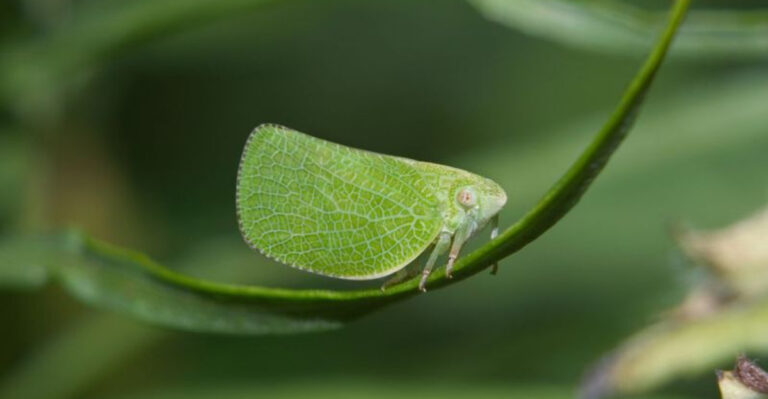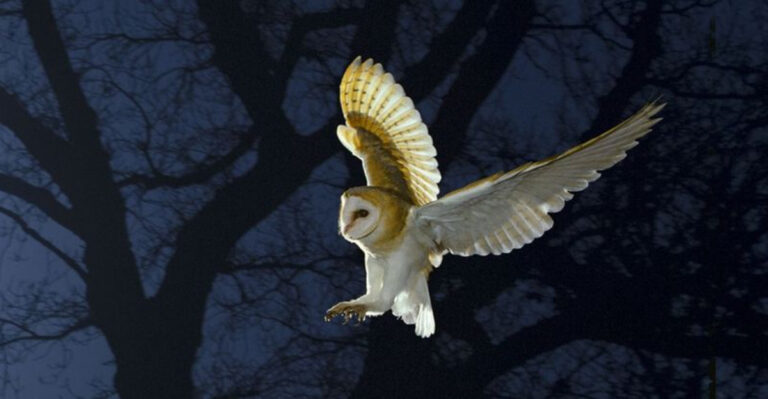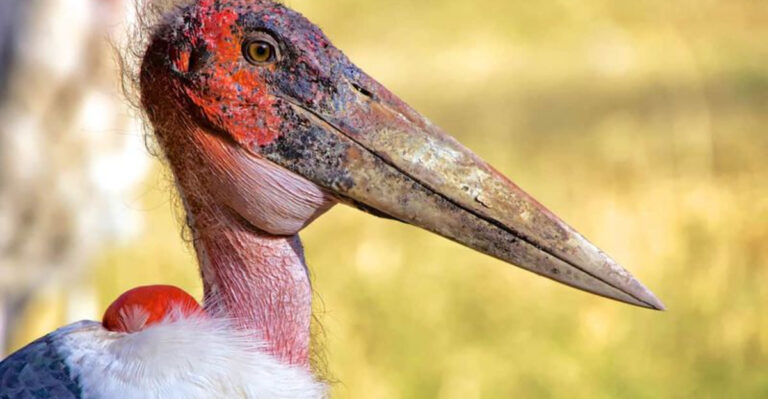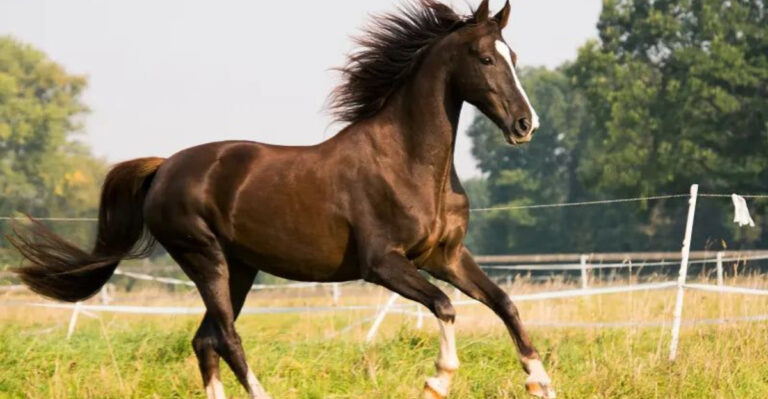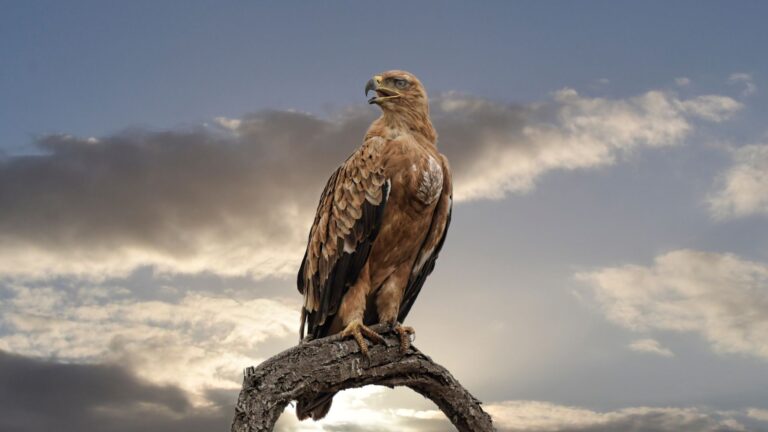18 Fascinating Facts About Bird Sounds
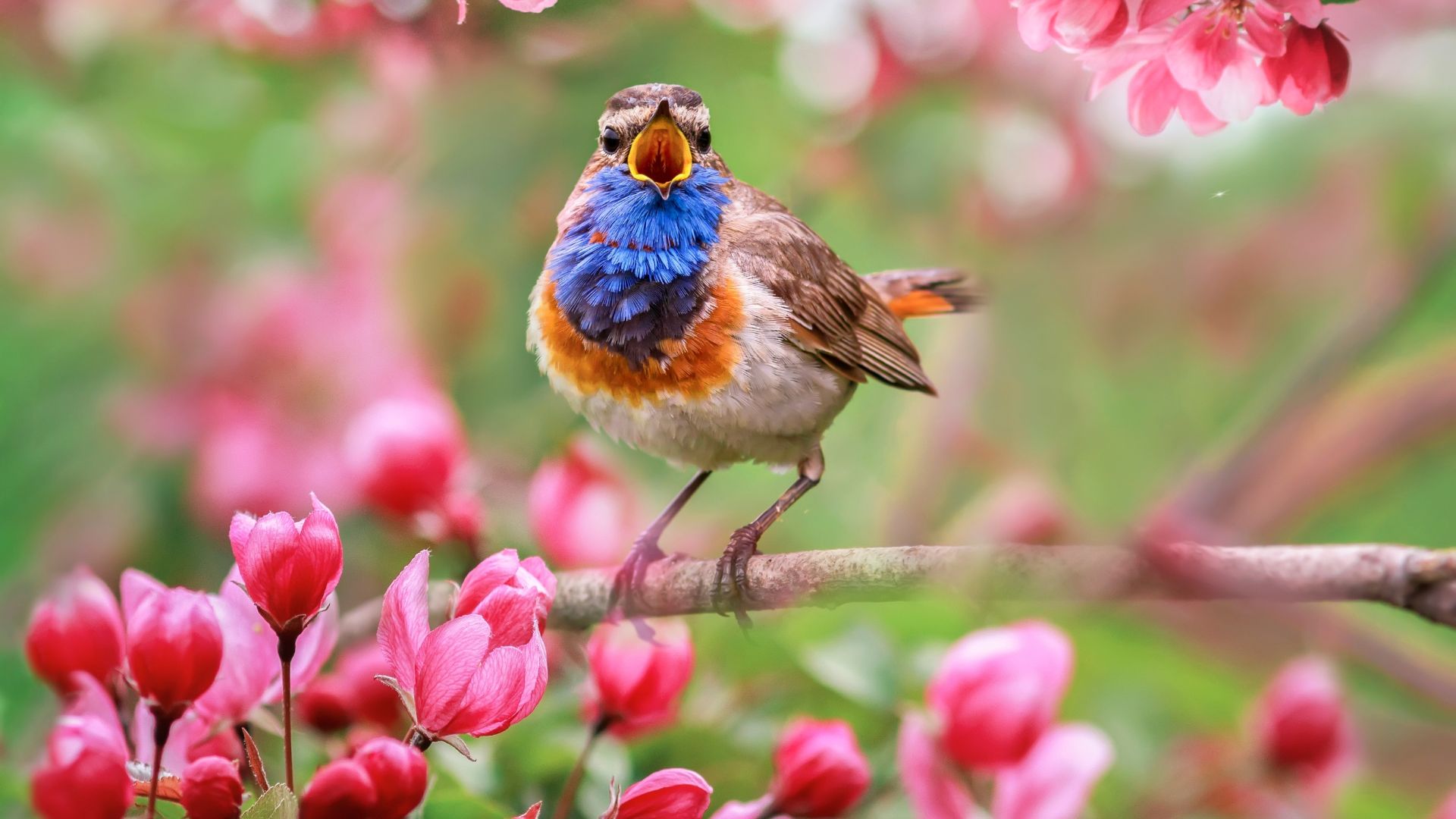
Bird sounds are a mesmerizing aspect of nature that captivate birdwatchers and casual listeners alike. From melodic tunes to complex calls, these sounds serve various purposes in the avian world. Birds use their voices for communication, attracting mates, marking territories, and even mimicking other species.
Each bird species has unique vocal characteristics, making the world of bird sounds diverse and endlessly fascinating. In this article, we explore intriguing facts about bird sounds that will surprise and delight you. Prepare to be amazed by the auditory wonders of our feathered friends!
1. The Mimic Masters: Lyrebirds
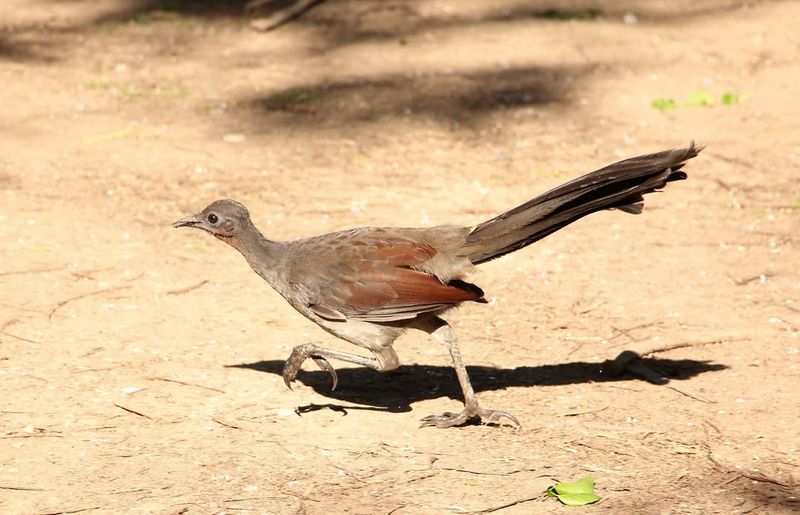
Lyrebirds are nature’s vocal virtuosos, renowned for their extraordinary ability to mimic natural and artificial sounds. Found in the forests of Australia, these birds have been heard imitating chainsaws, camera shutters, and even car alarms.
What sets lyrebirds apart is their capacity to weave these sounds into complex songs that captivate listeners. A lyrebird’s repertoire can include up to 20 different species of birds, showcasing their impressive auditory memory.
Their vocal prowess makes them a favorite subject for nature documentaries, often leaving audiences in awe of their talent. The male lyrebird uses its mimicry skills primarily during mating season to attract potential mates.
By imitating a variety of sounds, it demonstrates its intelligence and adaptability, appealing to prospective female lyrebirds. However, it’s not all about attraction; these sounds also serve to establish territory and ward off rivals.
The lyrebird’s tail feathers, resembling a lyre when fanned out, add to its enchanting display, making it a true spectacle of nature. With their incredible mimicry skills and striking appearance, lyrebirds truly hold the title of nature’s greatest imitators.
2. The Nightingale’s Nighttime Serenade
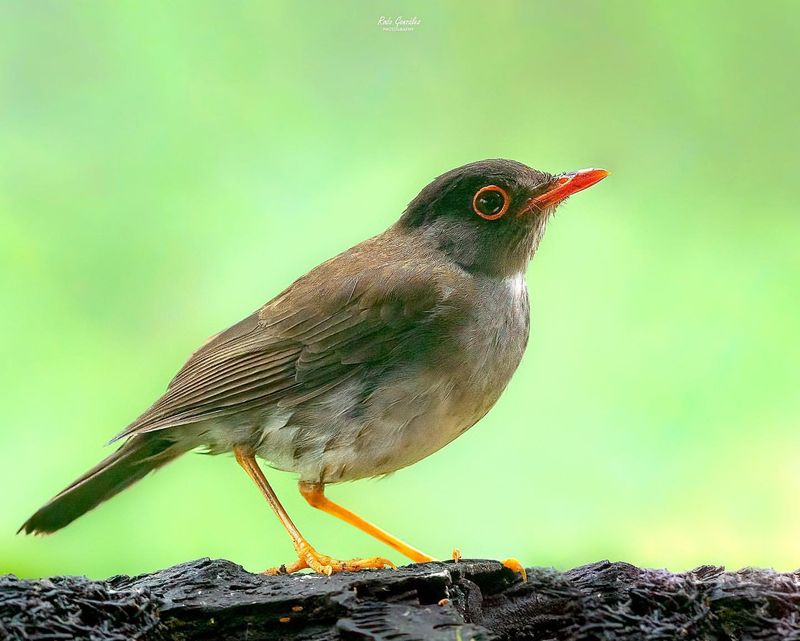
The nightingale is celebrated for its beautiful and powerful song that fills the night air with enchanting melodies. Unlike many birds that sing during the day, nightingales are known for their nocturnal performances, serenading listeners under the moonlit sky.
Their song is a complex composition of trills, whistles, and gurgles that can last for several minutes, showcasing their vocal agility and stamina.
These nocturnal concerts are primarily sung by male nightingales during the breeding season to attract females and deter other males. The nightingale’s song is not only a mating call but also a demonstration of the singer’s physical fitness and genetic quality.
Studies have shown that females prefer males with more complex and longer songs, making their serenades an essential part of the reproductive process. Nightingales have inspired poets and musicians for centuries, their melodious voices often symbolizing love and longing.
Their ability to sing at night when other sounds are muted allows their intricate songs to stand out, captivating anyone who listens. The nightingale’s serenade is a timeless natural symphony that continues to charm and inspire awe across the globe.
3. The Mockingbird’s Medley
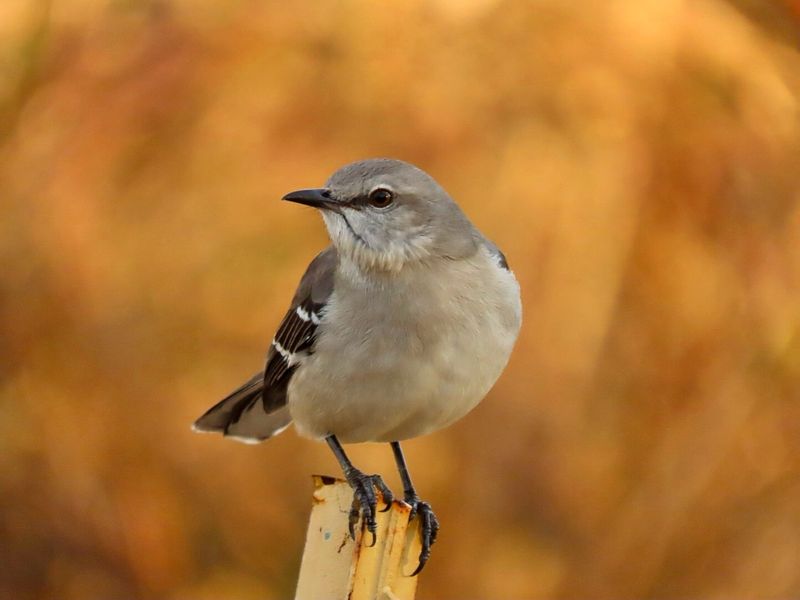
The northern mockingbird is a vocal acrobat, famous for its ability to mimic other birds and sounds. These birds can copy the songs of over 200 different species, making them one of the most versatile singers in the avian world.
Their repertoire isn’t limited to natural sounds; they frequently imitate human-made noises like car alarms and musical instruments, often leaving listeners unsure of the source. Mockingbirds sing throughout the year but are particularly vociferous during the breeding season.
Male mockingbirds perform their vast array of songs to attract females and establish territories. They are known to continue singing late into the night, especially under bright moonlight. A mockingbird’s ability to mimic is not just a party trick; it serves to intimidate rival males and communicate with potential mates.
The phrase “singing like a mockingbird” has entered common language to describe someone with exceptional singing talent. These birds are celebrated in literature and music, symbolizing freedom and creativity.
The northern mockingbird’s medley of sounds is a testament to nature’s diversity and the wonders of avian adaptation, making them a cherished symbol in many cultures.
4. The Hummingbird’s Hum
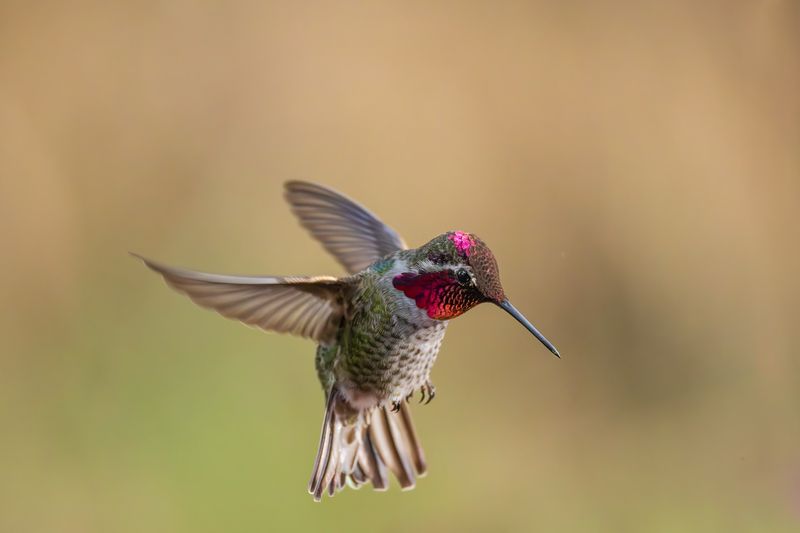
Hummingbirds are best known for the distinctive humming sound produced by their rapidly beating wings. These tiny birds flap their wings at incredible speeds, often exceeding 50 beats per second, creating a hum that is both unique and mesmerizing.
This sound is not a vocalization but an auditory byproduct of their incredible flight capabilities. Although their vocalizations are less renowned, hummingbirds do produce a variety of sounds including chirps, whistles, and clicks.
Each species has its own unique set of calls, used primarily for communication and mating. Males often perform elaborate aerial displays accompanied by their vocalizations to attract females. The hum of a hummingbird is so unique that it has inspired countless inventions and technologies, including drones.
Their ability to hover and fly in all directions makes them fascinating subjects of aerodynamic studies. The hummingbird’s hum is a reminder of the intricate connections between form and function in nature, where even the smallest creatures can produce the most extraordinary sounds.
5. The Parrot’s Parley
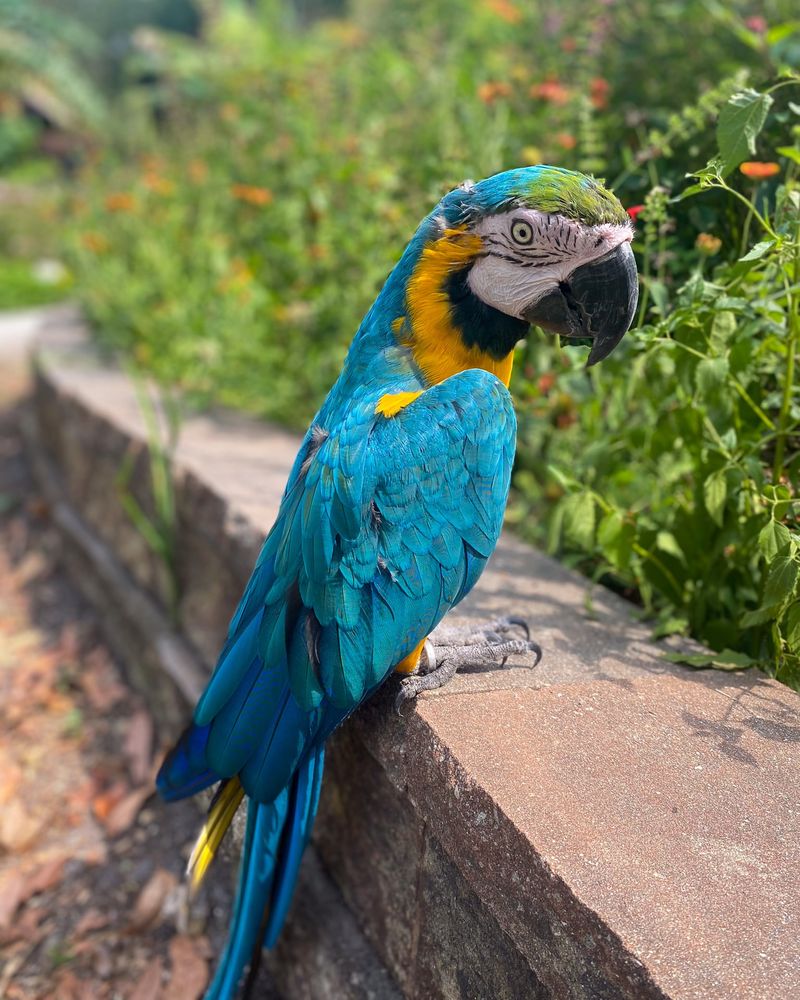
Parrots are the charismatic chatterboxes of the bird world, renowned for their ability to mimic human speech and other sounds with astonishing accuracy.
The African grey parrot, in particular, is celebrated for its linguistic prowess and cognitive abilities, often showcasing a vocabulary of hundreds of words and phrases. Parrots mimic sounds through a combination of vocal learning and social interaction.
They are highly intelligent and social birds, often using mimicry as a form of communication and bonding with their human companions. In the wild, parrots use their vocal skills to communicate with each other, establish territory, and find mates.
Their ability to replicate human speech has made them popular pets and subjects of scientific research. Studies on parrot communication have provided insights into the mechanisms of human language acquisition and cognitive function.
The parrot’s parley is a testament to the remarkable capabilities of the avian brain, illustrating nature’s ingenuity and the fascinating parallels between bird and human communication.
6. The Cuckoo’s Call
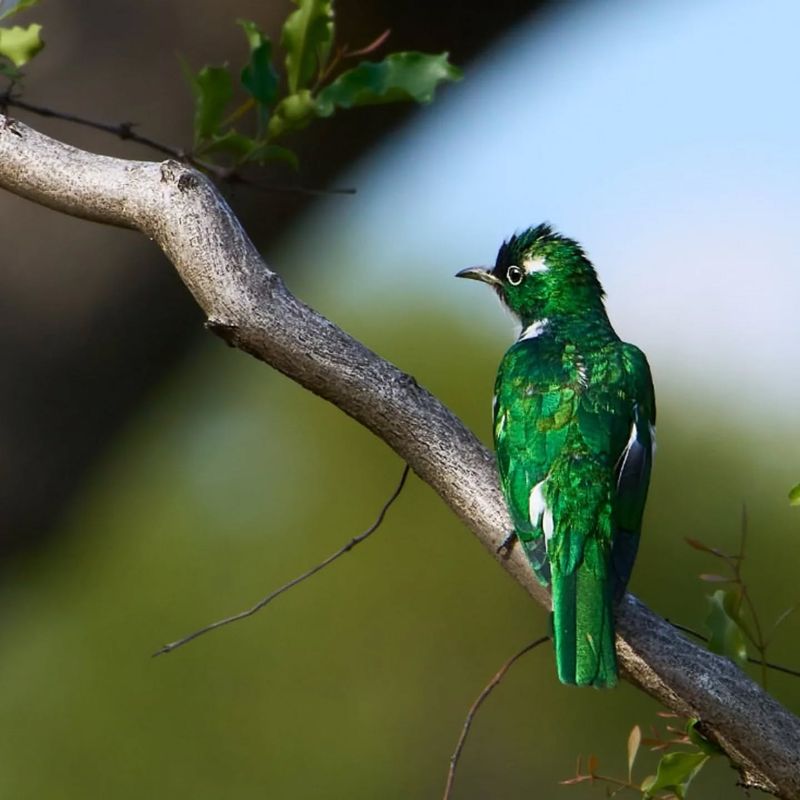
The cuckoo is famous for its distinctive call, often heralding the arrival of spring in many cultures. Its name is derived from its two-note song, which echoes through forests and fields, making it unmistakable among bird calls.
Cuckoos are brood parasites, laying their eggs in the nests of other birds, and their call serves various purposes beyond mere communication. The male cuckoo’s call is primarily used during the breeding season to attract females and assert its presence in a territory.
This haunting call can travel long distances, ensuring that it reaches potential mates and rivals. Interestingly, females also have their own unique calls, which are less known but equally important in their mating rituals.
Cuckoo calls have found their way into folklore and literature, often symbolizing change or deception due to their parasitic breeding behavior. The familiar sound of the cuckoo continues to enchant and intrigue people worldwide, serving as a reminder of the changing seasons and the complex behaviors of birds.
7. The Canary’s Chirp
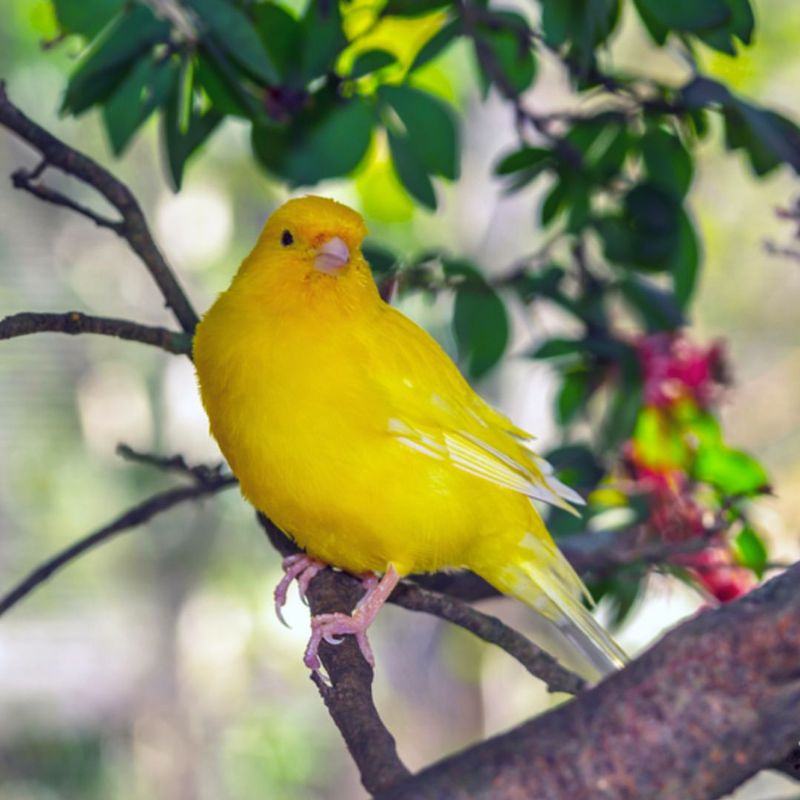
Canaries are beloved for their bright plumage and cheerful songs, often kept as pets for their pleasant and melodious chirping. Originating from the Canary Islands, these birds have been bred for their singing ability for centuries, leading to a variety of breeds with unique and distinct songs.
Male canaries are the primary singers, using their voices to attract females and establish territory. Their songs are composed of a mix of whistles, trills, and chirps, each delivered with precision and clarity.
Breeders often select canaries for their vocal prowess, leading to competitions where the best singers are awarded prizes. The canary’s cheerful song has made it a symbol of happiness and freedom in music and literature.
In the past, canaries were used in coal mines to detect toxic gases, their singing a comforting and reassuring presence for miners. Today, these charming birds continue to delight bird lovers around the world with their joyful melodies, bringing a touch of nature’s beauty into homes and hearts.
8. The Raven’s Riddle
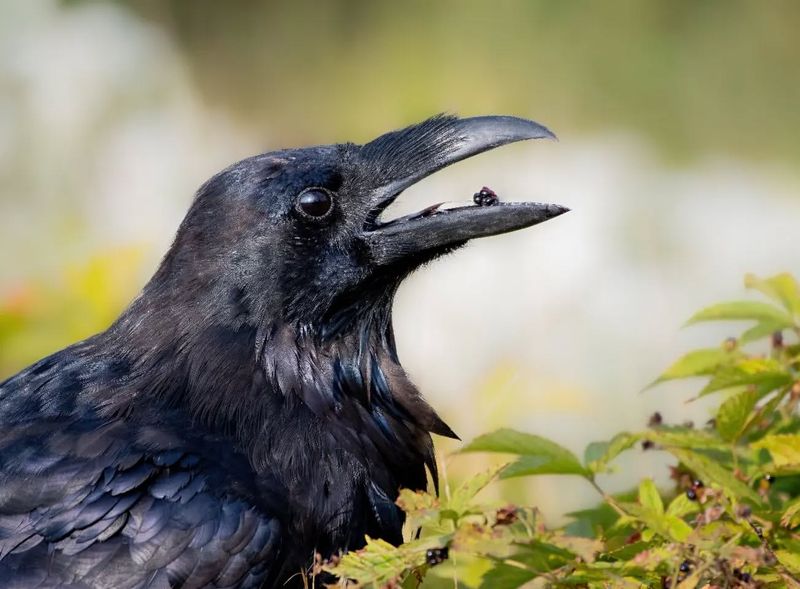
Ravens are the enigmatic poets of the avian world, known for their deep, resonant croaks and remarkable intelligence. These birds possess a vast array of vocalizations, ranging from melodious calls to eerie, echoing croaks that have inspired myths and legends across cultures.
Their vocalizations are complex and varied, used for communication within social groups, establishing territory, and even playful interactions. Ravens are also skilled mimics, capable of imitating other birds and even human speech, which adds to their mysterious allure.
In literature and folklore, ravens are often associated with mystery and prophecy, their dark plumage and haunting calls evoking images of the supernatural.
Their enigmatic presence and vocal abilities have made them subjects of fascination and study, revealing the intricate social dynamics and cognitive capabilities of these intelligent birds. The raven’s riddle continues to captivate and intrigue, a symbol of nature’s artistry and the profound connections between sound and story.
9. The Loon’s Lament
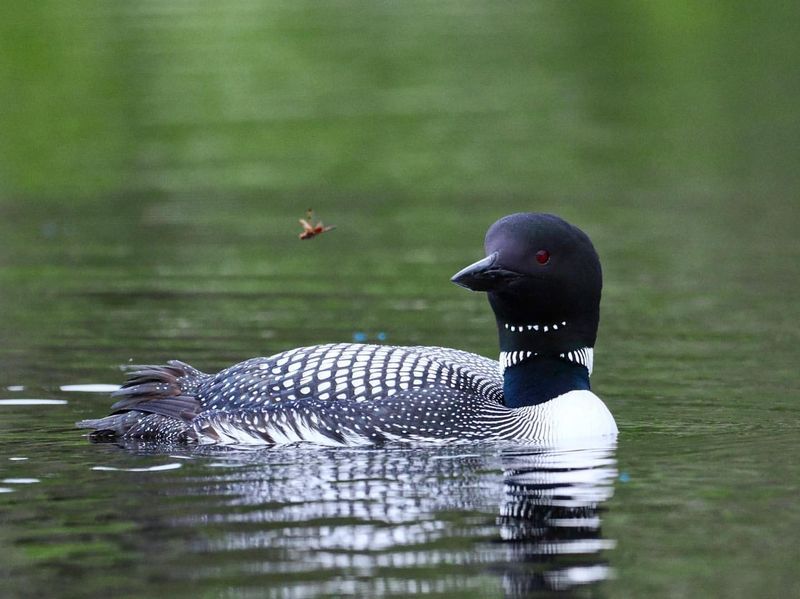
The haunting call of the loon is a quintessential sound of North America’s northern lakes, a mournful lament that echoes across the water. Known for their eerie, wailing cries, loons use their voices to communicate with each other over long distances, often creating an atmosphere of serene wilderness.
Loons possess a variety of calls, each serving a specific purpose, from establishing territory to signaling danger. Their eerie wails, yodels, and tremolos are particularly prominent during the breeding season, as they reinforce pair bonds and coordinate activities between mates.
The loon’s lament has become synonymous with solitude and the wilderness, inspiring poetic and musical interpretations that capture the essence of remote, untouched landscapes. Their calls are a reminder of the delicate balance of nature and the timeless beauty of the world’s wild places, resonating with those who seek solace and inspiration in the great outdoors.
10. The Owl’s Whisper
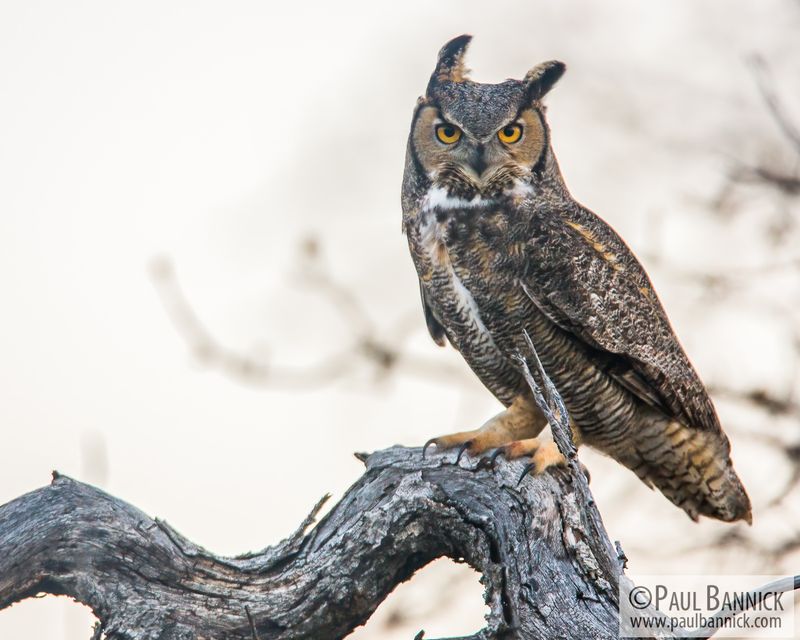
Owls are the silent sentinels of the night, their whispers and hoots creating an eerie symphony that defines the nocturnal landscape. Unlike many birds, owls have specialized feathers that muffle their flight, allowing them to hunt stealthily.
Their vocalizations, ranging from soft coos to piercing screams, serve crucial roles in communication and territory establishment. Different owl species have distinct calls, with some like the barred owl producing a series of hoots that sound like “Who cooks for you?”
These calls are often used during courtship or to signal alarm, their echoes adding to the mystery of the night. Owls have captured human imagination for centuries, often seen as symbols of wisdom or omens of change.
Their ethereal presence and haunting calls have inspired countless stories, from ancient mythology to modern literature. The owl’s whisper is a testament to the hidden wonders of the night, where mystery and magic meld under the cover of darkness.
11. The Cockatoo’s Chat
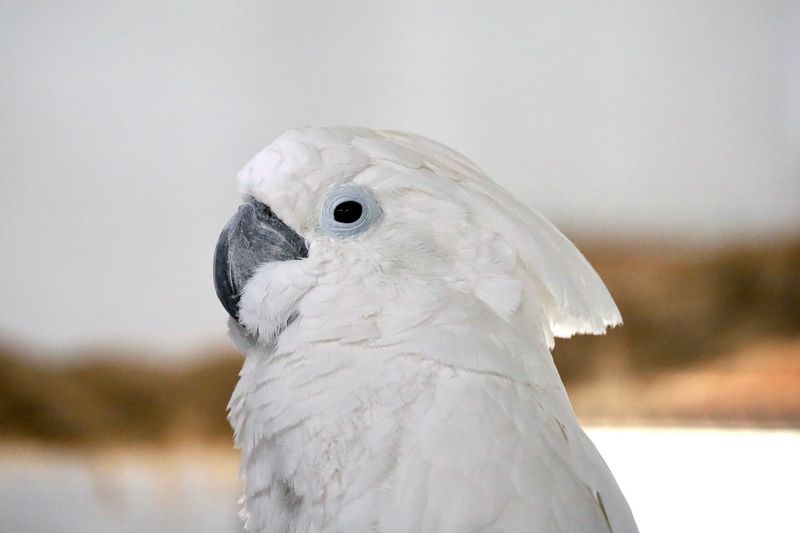
Cockatoos are the expressive comedians of the bird world, known for their lively personalities and impressive vocal mimicry. With their striking crests and sociable nature, cockatoos have become popular pets, celebrated for their ability to imitate human speech and other sounds.
These birds are highly intelligent, often using their vocal skills to engage with both humans and other birds. In the wild, cockatoos use a variety of calls to communicate within their flocks, establish territory, and find mates.
Their mimicry abilities are not just entertaining; they also reflect the cockatoo’s adaptability and social intelligence. Cockatoos have been featured in everything from cartoons to viral videos, their playful antics and vocal talents endearing them to audiences worldwide.
The cockatoo’s chat is a lively reminder of the joy and spontaneity of nature, where even the smallest creatures can captivate us with their charisma and charm.
12. The Penguin’s Parade
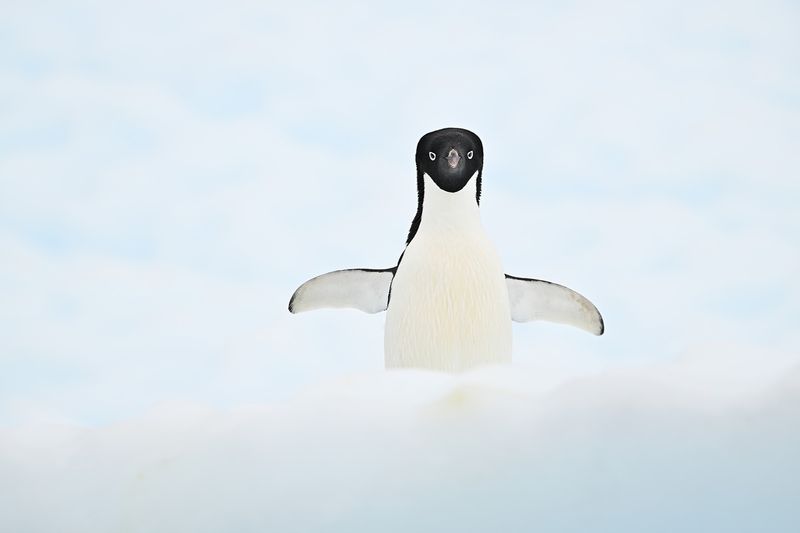
Penguins, with their distinctive waddles and tuxedo-like plumage, are not just visual icons of the animal kingdom; they are also remarkable vocal communicators. In the harsh environments they inhabit, vocalizations play a crucial role in maintaining social bonds and ensuring survival.
Emperor penguins, for instance, use a range of calls to identify one another within their large colonies. Each penguin has a unique vocal signature, allowing mates and chicks to recognize one another amid the cacophony of sounds.
These vocal exchanges are vital during the breeding season when penguins must find their partners among thousands of individuals. Despite their comedic appearance, penguins’ vocal abilities are a serious adaptation to their challenging habitats.
Their calls echo across the icy expanses, a testament to the power of sound in one of the world’s most extreme environments. The penguin’s parade of sounds is a celebration of resilience and the enduring bonds of family and community in the face of adversity.
13. The Song Sparrow’s Symphony
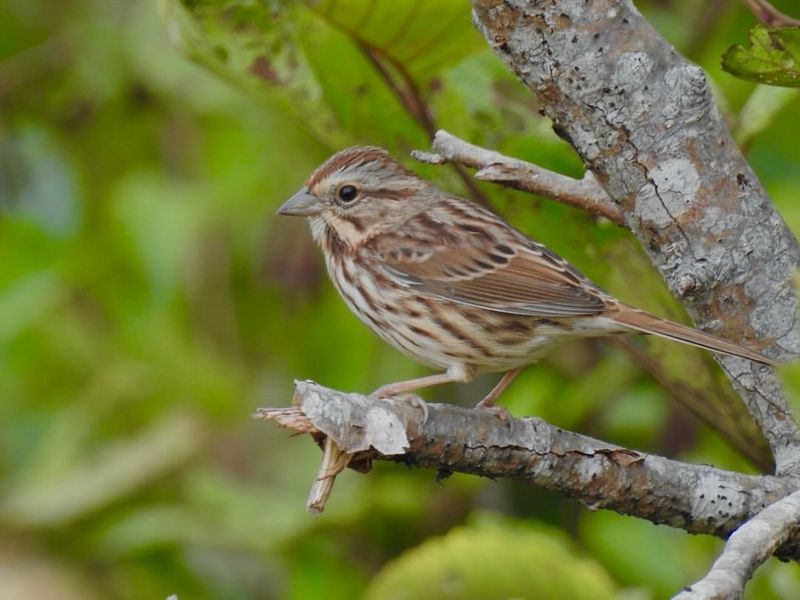
The song sparrow is a tiny virtuoso, known for its rich and melodious song that brightens gardens and meadows across North America. Each male song sparrow has a unique repertoire of tunes, composed of clear whistles, rich trills, and buzzy notes that vary from individual to individual.
These birds use their songs for a variety of purposes, including attracting mates and defending territories. The complexity and variation of their songs are key factors in mating success, with females often choosing partners based on their vocal performance and diversity of tunes.
The song sparrow’s symphony is more than just a beautiful melody; it’s a vital tool for survival and reproduction. Their songs are a testament to the intricate beauty of nature’s music, where each note plays a role in the grand orchestra of life.
For birdwatchers and nature enthusiasts, the song sparrow’s serenade is a delightful reminder of the harmonious interplay between wildlife and their habitats.
14. The Whip-poor-will’s Whistle
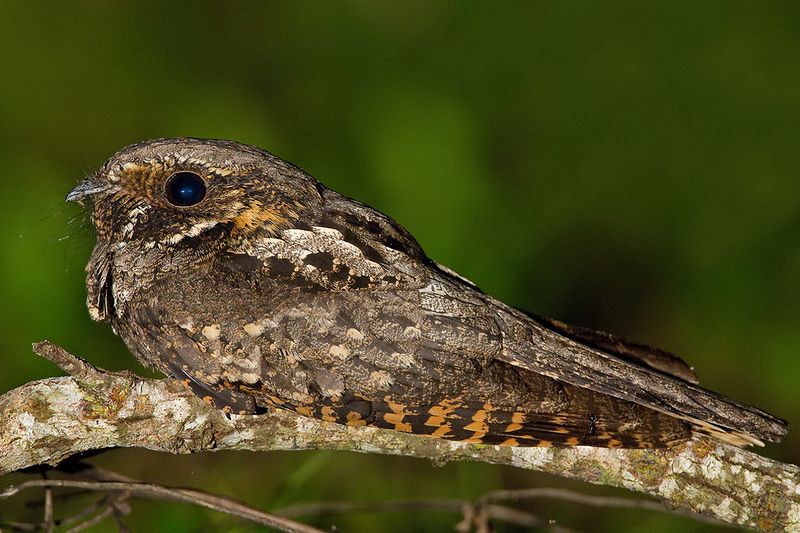
The whip-poor-will is a master of concealment and sound, known for its repetitive, haunting whistle that echoes through forests at dusk and dawn. Their call, which gives them their name, is a distinctive sound of the American woodlands, often heard but seldom seen due to their excellent camouflage.
These nocturnal birds use their calls primarily during the breeding season to communicate with potential mates and mark territory. The male’s persistent chant can continue for hours, creating an atmospheric backdrop for the twilight hours and adding to the mystery of the night.
The whip-poor-will’s whistle has found its way into folklore and music, often symbolizing solitude and the passage of time. Their elusive nature and evocative calls have inspired writers and musicians, capturing the imagination of those who listen to the wild symphony of the night.
The whip-poor-will’s presence is a reminder of the hidden wonders that come alive when the world grows quiet.
15. The Woodpecker’s Drum
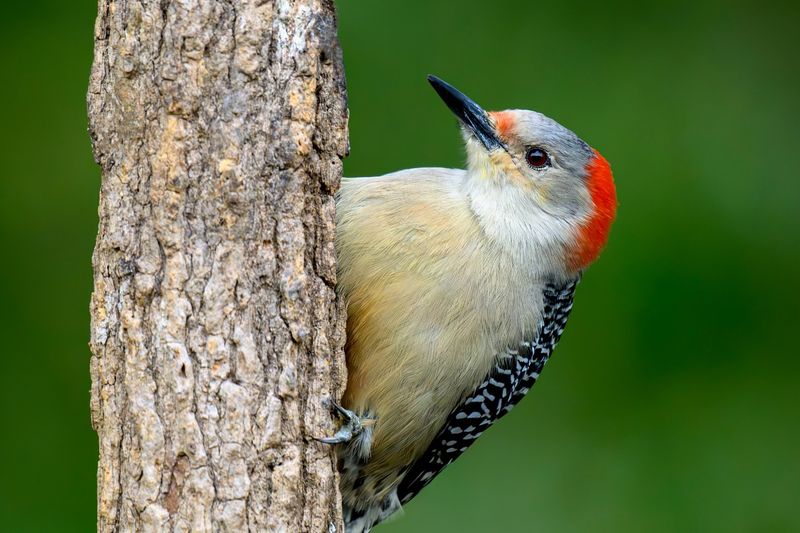
Woodpeckers are the percussionists of the bird world, known for their rhythmic drumming on trees that resonates through forests. This distinctive sound is not a vocalization but a form of communication used to establish territory and attract mates.
Each species of woodpecker has its own unique drumming pattern, which can be identified by avid birdwatchers. Drumming serves multiple purposes, from signaling ownership of a territory to communicating with a mate or deterring rivals.
The sound is produced by rapid pecking, with some species drumming up to 20 times per second. This remarkable ability is made possible by specialized anatomy, including strong neck muscles and shock-absorbing skulls.
The woodpecker’s drum is a natural marvel, illustrating the creativity and adaptability of bird communication. Their rhythmic beats have inspired musicians and nature enthusiasts alike, serving as a constant reminder of the lively and ever-present music of the natural world. For those who wander the woods, the sound of a woodpecker’s drumming is a welcome and familiar companion.
16. The Kookaburra’s Laughter
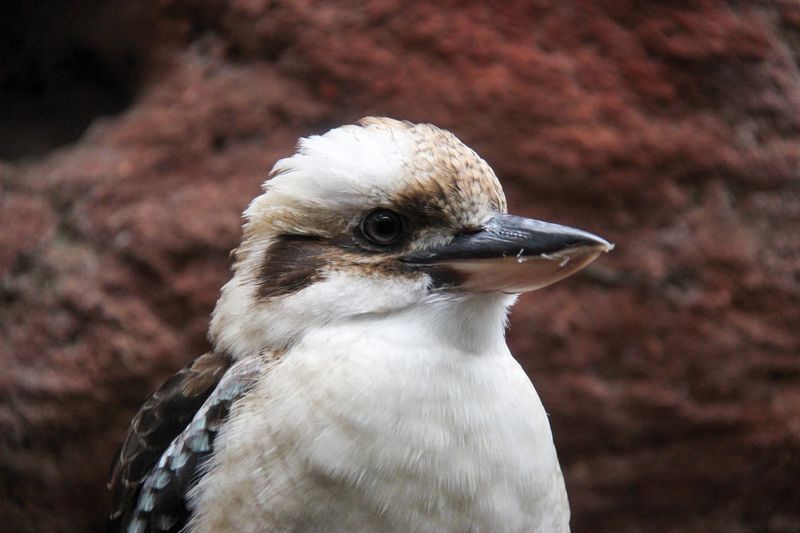
Kookaburras, with their iconic laughter, are one of the most recognizable birds in Australia. Known as the “laughing kookaburra,” their calls resemble human laughter, creating a joyful and sometimes eerie atmosphere in the Australian bush.
These birds use their distinctive calls to establish territory and communicate with family members. The laughter of a kookaburra is not just an amusing sound; it plays an essential role in their social structure.
They are cooperative breeders, living in family groups where vocal communication is key to maintaining bonds and coordinating activities. Their calls can be heard at dawn and dusk, often referred to as the “bushman’s clock,” signaling the beginning and end of the day.
The kookaburra’s laughter has become a symbol of the Australian wilderness, featured in folklore, songs, and tourism campaigns. Their spirited calls are a reminder of the unique and vibrant wildlife found in Australia, where nature’s humor and harmony are ever-present.
For locals and tourists alike, the sound of a kookaburra’s laughter is a cherished part of the country’s natural heritage.
17. The Peafowl’s Parade
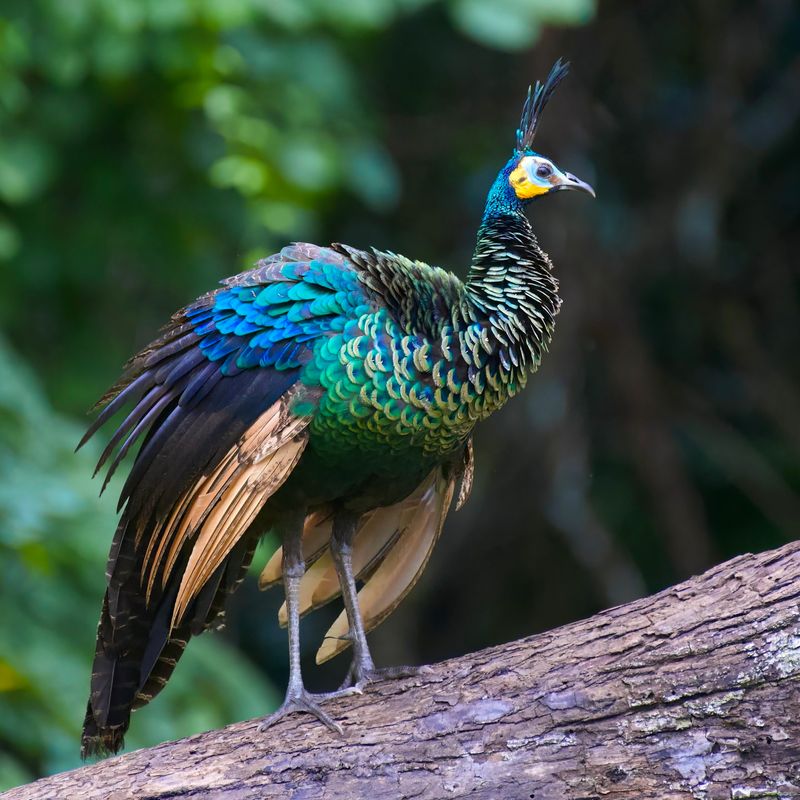
Peafowls, particularly the males known as peacocks, are renowned for their extravagant displays and loud, piercing calls. These birds are native to the Indian subcontinent and are famous for their iridescent plumage and striking courtship rituals.
The peacock’s call is a loud, trumpeting cry often heard during the breeding season. These calls serve to attract females and to communicate with other males, establishing dominance and territory. The peacock’s vocalizations are as much a part of its courtship strategy as its dazzling tail display.
Peacocks have long been symbols of beauty and pride in various cultures, their calls echoing through palaces and gardens. Their vocal and visual displays are a testament to the complex dynamics of sexual selection, where sound and sight combine to create one of nature’s most spectacular performances.
For those fortunate enough to witness a peafowl’s parade, the experience is a vivid reminder of the intricate and awe-inspiring behaviors of the natural world.
18. The Robin’s Melody
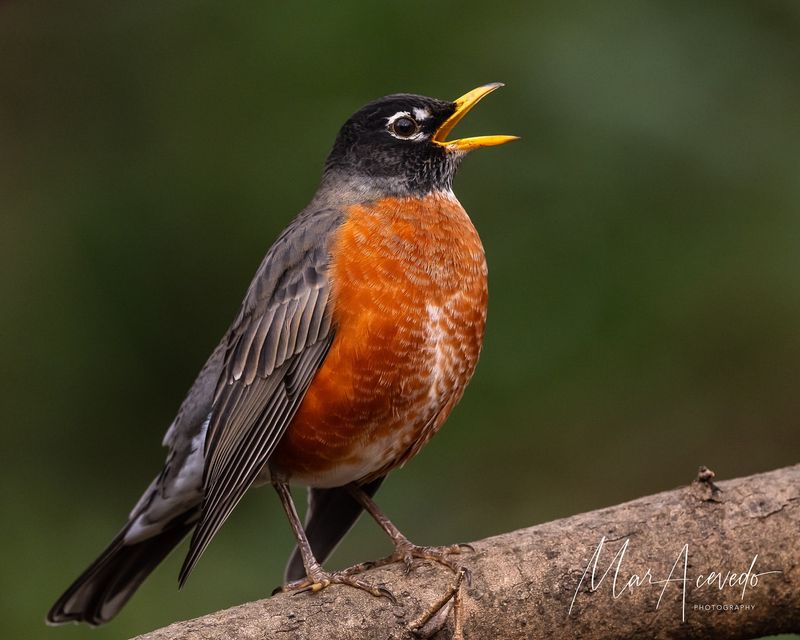
The American robin is a harbinger of spring, known for its cheerful and melodious song that signals the change of seasons. These birds are among the first to sing at dawn, their clear and uplifting melodies creating a symphony that welcomes the new day.
Robins use their songs primarily during the breeding season to establish territories and attract mates. Their melodies are composed of a series of phrases, each repeated several times, creating a harmonious and structured composition that is both soothing and invigorating.
The robin’s melody has inspired poets and songwriters, symbolizing hope and renewal. Their presence in gardens and parks makes them a familiar and beloved sight, their songs a reminder of the cyclical nature of life and the promise of new beginnings.
For many, the sound of a robin’s song is a cherished part of the morning, a gentle nudge towards optimism and appreciation for nature’s wonders.

